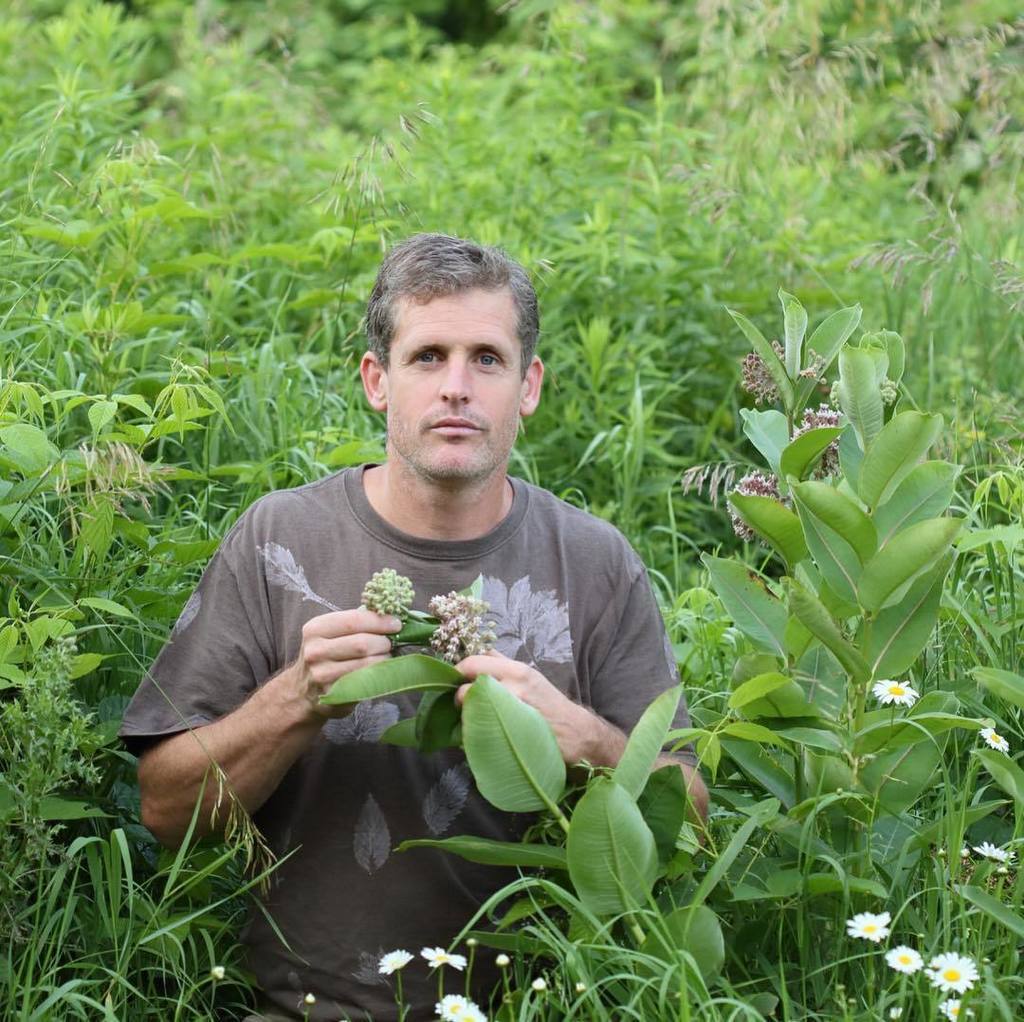Talk
Hickories- Pillars of Life
Steeped in folklore and traditional use, hickories are powerful trees with a myriad of benefits on multiple levels. They are the epitome of resiliency, feed native insects and wildlife and, produce a world class hardwood. The edible nuts can be used for candies, baked goods, nut milk, and cooking oil. Hickories stand all around us offering abundance and strength in a world that needs their gifts more than ever. Join Akiva Silver of Twisted Tree Farm for a talk on this remarkable genus.
The Ferntastic World of Ferns
Ferns are a group of ferntastic creatures. In this presentation, Fay-Wei will first talk about the evolutionary history of ferns, especially their diversification through time. Next, he will talk about some interesting biology of ferns, and finish up with a few stories of fern-human interactions.
Botanical Treasures of the Gorge at Buttermilk Falls State Park
From May through October hundreds of people hike the trails (daily) around the gorge at Buttermilk Falls State Park. The hikers are of all ages and from many countries. They come to enjoy the scenic qualities that make Buttermilk Falls so special. Yet, extremely few people seem to show much curiosity about the plant life that covers the stones at the gorge. We invite you to join us for a unique, virtual hike around one of New York's most scenic natural landscapes.
An Update on Hemlock Woolly Adelgid & Emerald Ash Borer
Emerald Ash Borer (EAB) and Hemlock Woolly Adelgid (HWA) are two invasive non-native insects that are changing the face of our forests. EAB feeds only on ash trees, killing them quickly, and is rapidly spreading through the area creating many economic challenges for individuals and communities needing to deal with the death of these common trees. HWA is spreading more slowly and takes years to kill hemlocks, but mortality is mounting. Learn more about these very different insects and what we can do to best manage their economic and ecological impacts.
The Wild Plants of New York State
In David Werier's recently published book, Catalogue of the Vascular Plants of New York State, he presents an annotated list of all the vascular plants that occur outside of cultivation in the state of New York. Essentially this means that any plant, other than bryophytes, that can be found growing in the wild are included in the book. This base line information is critical for understanding the biodiversity of the state as well as the conservation of that biodiversity.
Members' Night
The annual FLNPS Members’ Night, begun in 2015, has proven popular. Attendees have enjoyed the variety of presentations and a chance to learn about their fellow members' interests and talents. See thelink above for reviews of prior Members’ Nights.) So we'll do it again on January 16th, 2019. And of course we'll need your help!
Solstice Celebration
Restorative Gathering: The Intersection of Foraging and Conservation NOT USUAL DAY
Can we preserve half of the Earth for nature?
Edward O. Wilson has recently published a popular exposition of the rather daunting and counterintuitive idea that we should and can still preserve half the earth’s ecosystems for nature. Julian will outline his ideas and then discuss some recent analyses of the feasibility of the idea, including some projections of how climate change would modulate such efforts.
Gardens Filled with Life: Designing with Northeastern Flora
Author and landscape designer Carolyn Summers will present examples for the use of indigenous plants as substitutes for exotics in a wide variety of traditional styles. Examples of striking, unusual indigenous plants used in formal settings will be provided along with naturalistic styles to explore the full design potential of northeastern indigenous flora.
Goals for this presentation include 1) to teach how to use native plants in traditional garden landscapes and to 2) to teach native plant substitutes for overused exotic plants.



